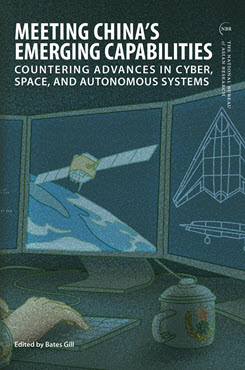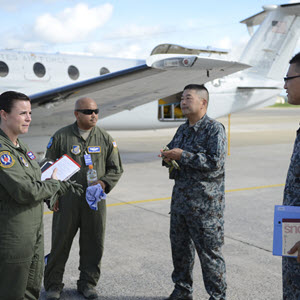Essay from NBR Special Report no. 103
China’s Military Modernization
Implications for Australia and Regional Security
This essay examines the cyber, space, and autonomous systems developed and deployed by the People’s Republic of China (PRC), outlines the steps Australia has already taken to respond to these challenges, and considers options for how Australia can partner with the United States.
EXECUTIVE SUMMARY
MAIN ARGUMENT
The rise of an assertive PRC seeking within the decade to build large-scale military capabilities to challenge the U.S.-led international security order in the Indo-Pacific presents immediate challenges to Australia’s security. This is leading to a rapid Australian reassessment of its own military capabilities within the context of a close alliance with the U.S. The emphasis is increasingly on acquiring or developing military capabilities that will strengthen the Australian Defence Force (ADF).
POLICY IMPLICATIONS
- The Australian reassessment of its military capability priorities also creates a period of immense opportunity to rethink technological, strategic, and operational cooperation with the U.S. The AUKUS agreement between Australia, the United Kingdom, and the U.S. potentially enables a trilateral pooling of defense, science, technology, and industrial capabilities that could produce new military capabilities in areas such as hypersonics, quantum computing, and cyber technology.
- Australia is looking to develop a domestic missile production capability and to acquire a series of longer-range weapons across the ADF, which would also be of use to the U.S. for its military stockholding and production needs in the Indo-Pacific.
- While Australia continues to plan for the long-term replacement of submarines and surface ships, a new emphasis on autonomous systems, cyber capability, cooperation on space security, and smart long-range weapons holds open the prospect of building a better-armed ADF within the current decade.
- These are promising developments that will strengthen Australia’s military capabilities and contribute to a closer alliance relationship with the U.S., but it is early in the process. The biggest risk to successful cooperation is that the two countries’ considerable bureaucratic and institutional processes slow down or get in the way of shared innovation.
Peter Jennings is the CEO of Peter Jennings Strategy Consultants and a Senior Fellow at the Australian Strategic Policy Institute (ASPI). He previously served as the executive director of ASPI.



